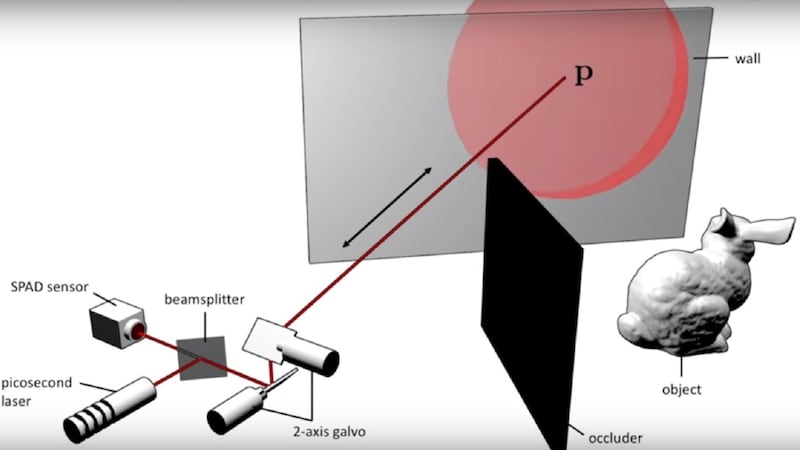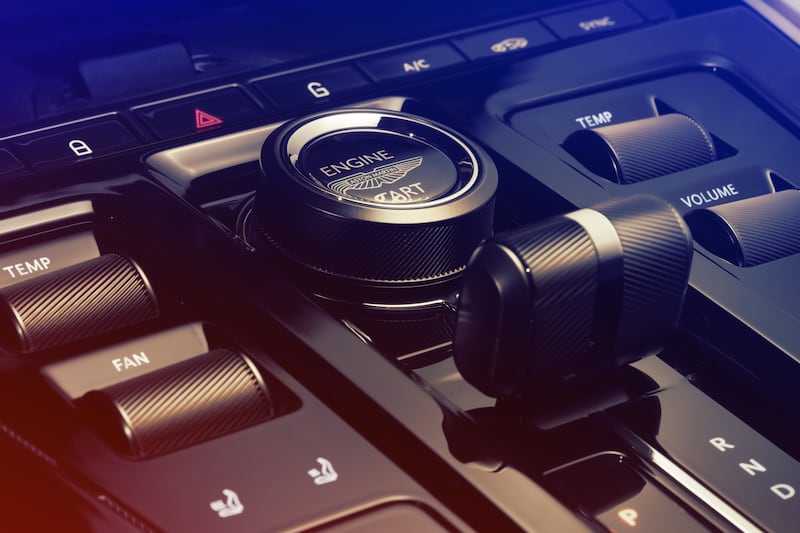Laser technology that could help autonomous cars of the future spot obstacles hidden around corners has been developed by researchers at Stanford University.
The team of researchers from the US university’s Computation Imaging Lab has created a system that fires a pulse of light from a laser into a wall, and then identifies objects that reflect the scattering light and bounce back to the sensor, constructing images of them in seconds.
They call the process non-line-of-sight (NLOS) imaging.
The team said this process was already compatible with the lidar – light detection and ranging – systems that are used in autonomous vehicle guidance systems today, meaning it could feasibly be applied to driverless cars in the future.
They said the ability to “see” potential obstacles ahead could help improve autonomous car systems by giving them more time to plan decisions and movements.
Co-author of the research paper on the technology and graduate student at the lab David Lindell said: “A substantial challenge in non-line-of-sight imaging is figuring out an efficient way to recover the 3-D structure of the hidden object from the noisy measurements.
“I think the big impact of this method is how computationally efficient it is.”
According to the university, the research team is now continuing to work on the system, with a focus on improving its performance in natural light and at picking up moving objects.
The researchers said if the technology was placed on a car today, it would perform well in identifying road signs, markers or highly reflective objects, but might struggle to pick up a person in non-reflective clothing.
“This is a big step forward for our field that will hopefully benefit all of us,” senior author of the research paper and assistant professor of electrical engineering Gordon Wetzstein said.
“In the future, we want to make it even more practical in the ‘wild’.”








